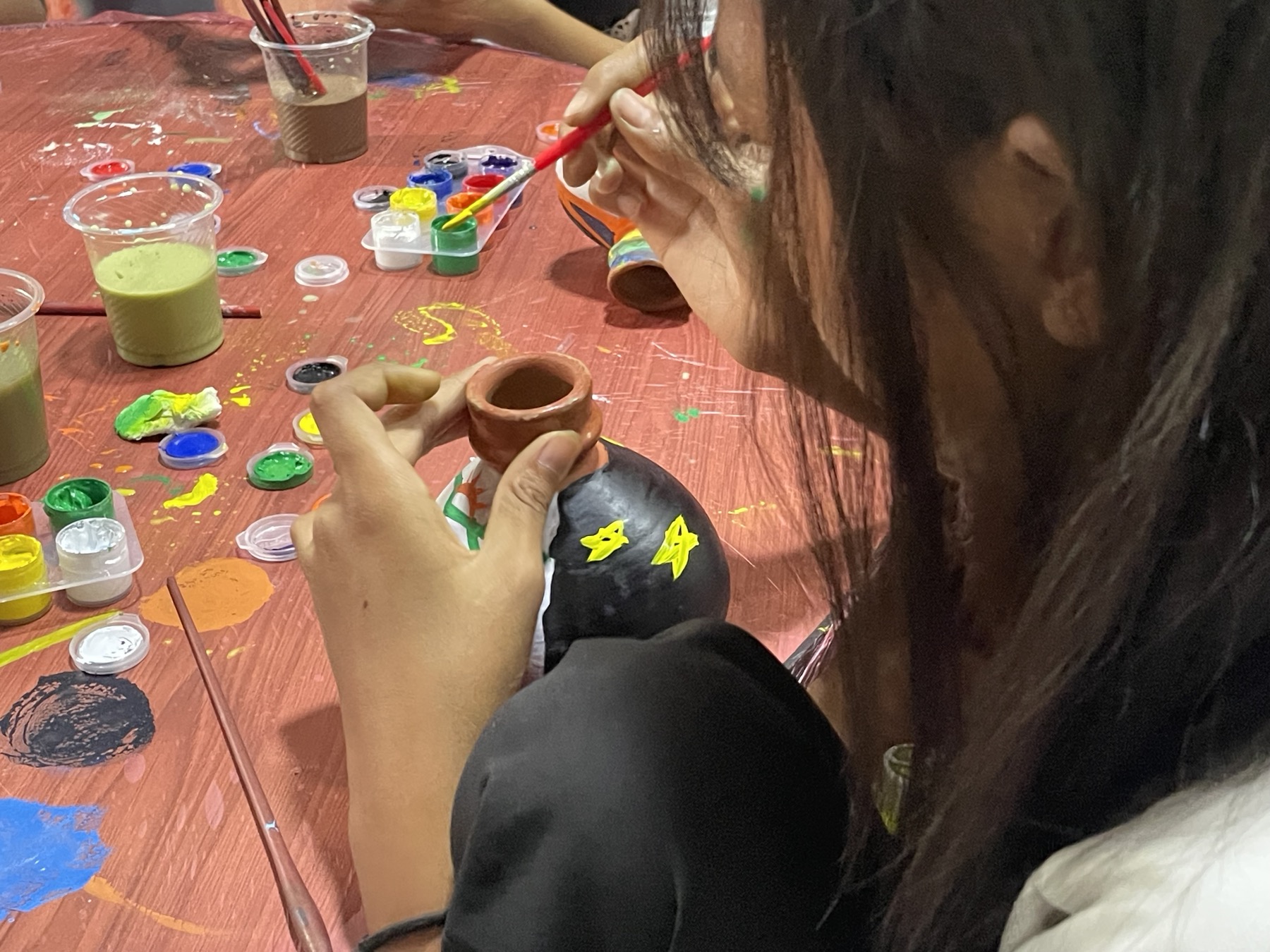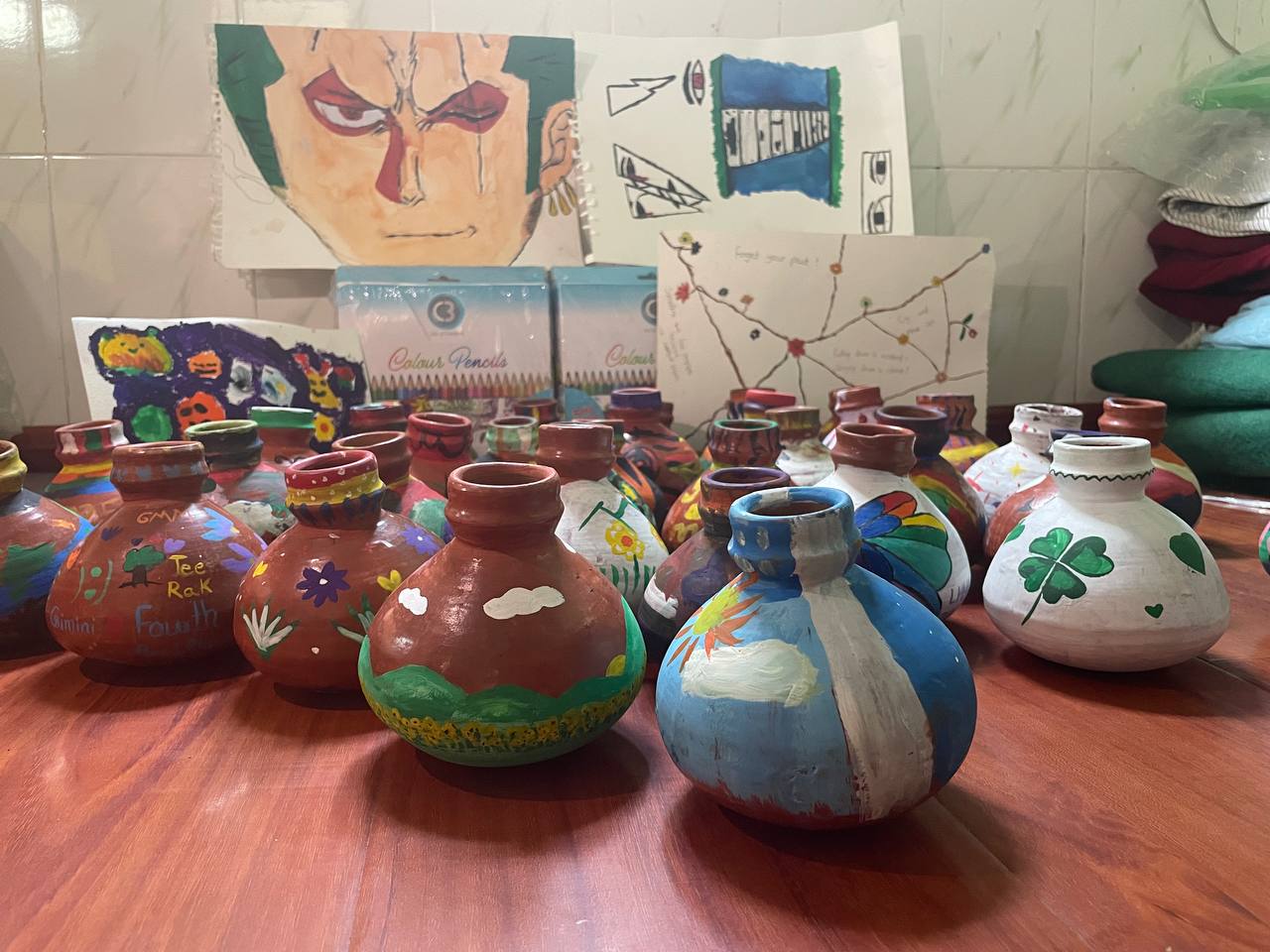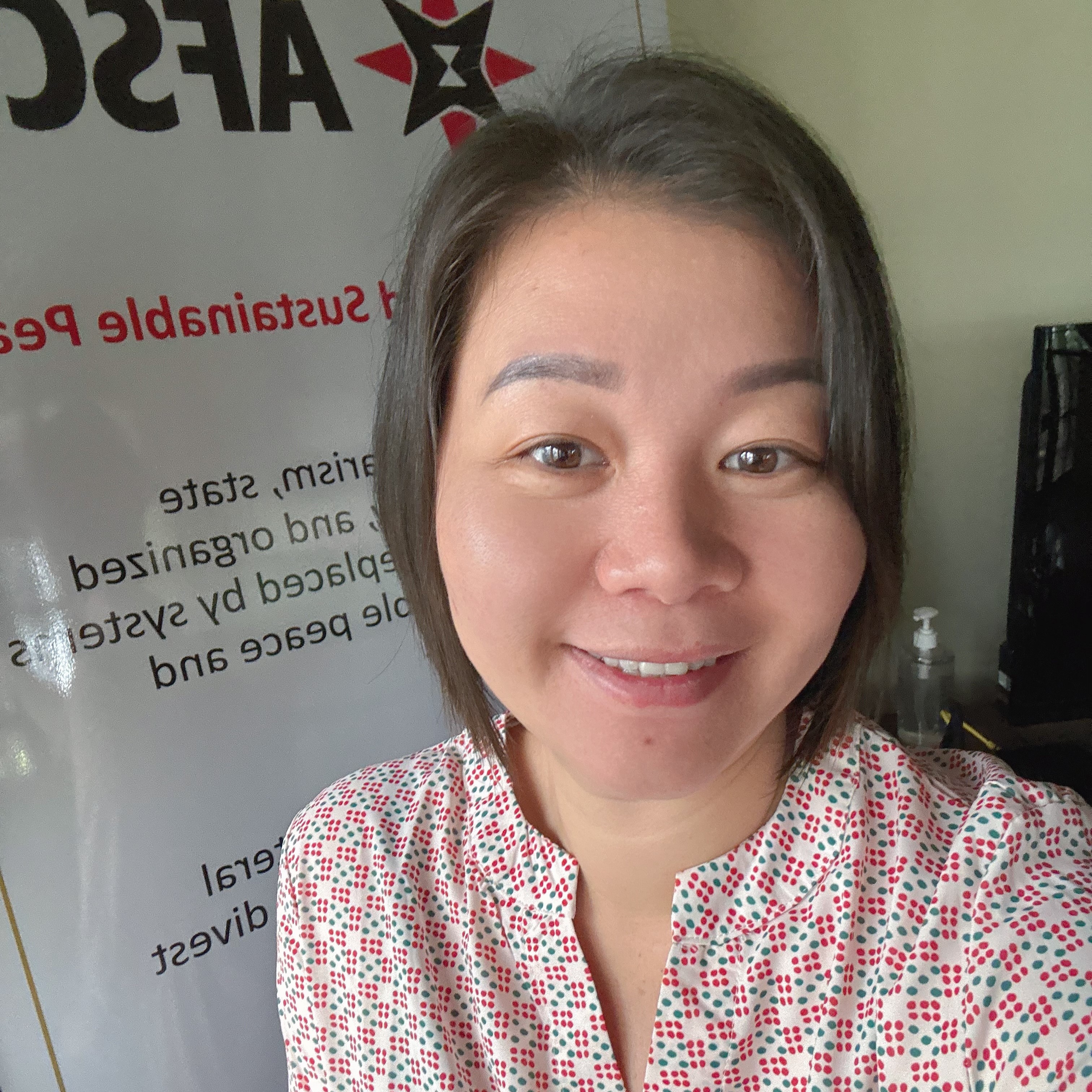
When the ground shook violently on March 28, 2025, it did more than topple buildings; it shattered lives. In Mandalay, Myanmar, the 7.7 magnitude earthquake struck a region already burdened by years of civil conflict. For many especially children, youth, and women, the quake deepened existing trauma, compounding fear, grief, and uncertainty.
Homes were damaged. Schools closed again. A heavy silence fell over communities already struggling to feel safe. But amidst the rubble and emotional aftershocks, a quiet act of resilience began to emerge through music, color, and clay. In late April, young people from AYA Myanmar launched a healing-centered initiative titled "Rebuilding Together After Earthquake."
Rather than arriving with aid packages or formal speeches, they came with an invitation: to express emotion, process trauma, and reconnect through creativity. The event welcomed 55 participants (20 youth and 35 children) into a peaceful, welcoming space filled with music and art. The heart of the event was a simple yet profound activity: painting clay pots. These small vessels became outlets for personal stories; symbols of loss, strength, hope, and memory.
“At first, I didn’t know what to draw,” said a 12-year-old participant. “But then I remembered the tree outside our house that didn’t fall. I painted that.”
Each clay pot had a story to tell. Some of the stories were about fear. Others were about survival. And some were about hope. As the paints dried, so did some of the tears. The children started smiling. The space was filled with music. And something in the room changed.
Art as a Bridge to Healing—And to Hope
This was far more than an art session. For many participants, it was their first opportunity to talk about how they felt since the quake. And it came after years of accumulating stress.
The civil war in Myanmar has disrupted access to education for millions. Schools have been burned, occupied, or abandoned. Children—especially girls and those in rural or conflict-affected areas—have gone months or even years without stable learning environments. In Mandalay, families face economic hardship, fear of violence, and social fragmentation. Education has become a privilege, not a right.
Then came the earthquake, deepening that loss. Schools that had barely reopened were destroyed or deemed unsafe. Classrooms once seen as sanctuaries were now empty ruins. The idea of returning to school became more dream than plan.
During a group sharing session, a teenage girl held up her clay pot. On it, she had drawn a simple building.
“This is my school; I wish one day I can go back.”
Her words broke the room’s silence—and spoke for an entire generation. Children who long for their schools. For their friends. For a sense of future. Their education was interrupted by conflict, now further shattered by disaster.
The clay pots became more than just art; they became emotional time capsules. Some of the pictures showed lost homes, while others showed hope or resilience. All of them had feelings that children often have no way to express.

Climate and Community: Connecting the Dots
Beyond emotional healing, this community session also opened the door to deeper understanding. Facilitators gently introduced conversations about climate change—an issue often distant from everyday concerns but increasingly urgent in the lives of young people across Myanmar. They explained how rising global temperatures are contributing to more frequent and intense natural disasters, like the very earthquake they had just experienced.
For many of the children and youth, this was the first time they connected their personal experiences with larger environmental systems. The quake was no longer just a tragic event it became a starting point for learning and awareness.
By weaving climate education into a space of emotional safety, the event empowered young participants not only to process their trauma, but also to begin making sense of the world around them. They learned that their struggles are part of a bigger picture and that their voices and actions can be part of the solution.
This blend of healing and awareness sparked something powerful: a sense of agency. It gave young people not only tools for recovery, but also a foundation for long-term resilience and future activism. In understanding the forces that shape their environment, they began to see themselves not just as survivors, but as changemakers within their communities.
From Healing to Action: Youth Leading Regional Change
“Rebuilding Together After Earthquake” is more than a standalone event; it is part of a growing regional movement led by youth across Southeast Asia. Through the Asia Young People for Action (AYA) network, young leaders are taking bold steps to address climate justice, gender equity, and access to education. Whether through drawing competitions in Cambodia or climate webinars in Indonesia, AYA youth are proving that young people are not passive observers, they are active agents of change.
In Myanmar, this movement carries deeper significance. Years of civil conflict, disrupted education, and increasing climate vulnerability have placed immense pressure on young people. Many have been forced into survival mode. And yet, even in this challenging context, youth are stepping up; leading with empathy, creativity, and courage.
The event in Mandalay stands as a powerful example. It shows that healing can begin with a simple paintbrush, that hope can take root even in cracked earth, and that when young people are given space to share, they don’t just speak but lead.
With the support of AFSC and local partners, these youth-led efforts are gaining strength and visibility. As one teenager’s drawing of a rebuilt school reminds us: healing is not just possible, it is essential. And it is the first step on the journey toward justice, equity, and renewal.
